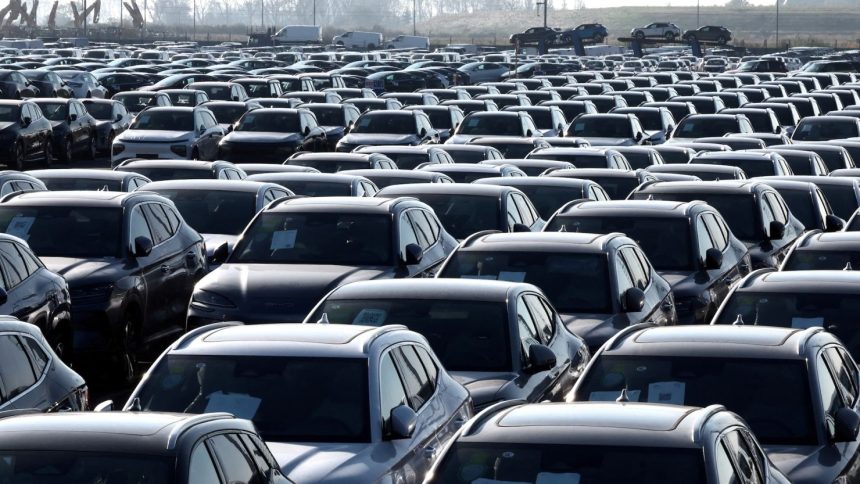Beijing (Reuters) — Chinese electric vehicle maker BYD posted an 11.5% rise in third-quarter net profit on Wednesday as it maintained strong sales momentum helped by government trade-in incentives.
Net profit rose to 11.6 billion yuan ($1.63 billion) in the July-September quarter, the company said in a stock exchange filing. For the first nine months, net profit was up 18.1% to 25.2 billion yuan.
With third-quarter revenue up 24% on year to 201.1 billion yuan ($28.24 billion), BYD’s quarterly revenue for the first time outpaced Tesla, whose revenue for the July-September quarter reached $25.2 billion.
Tesla still beat BYD in terms of EV sales globally during July to September.
BYD, whose cars accounted for more than one-third of the total sales of EVs and plug-in hybrids in China this year, smashed monthly sales record in September and its quarterly sales also scaled a fresh high in the third quarter.
The local champion and its peers such as Tesla have enjoyed a tailwind from expanded old-for-new stimulus measures favoring greener cars. Last month, China’s car sales snapped a five-month decline on the subsidy boost, industry data showed.
As of late October, 1.57 million applicants had registered to take advantage of a national subsidy of up to more than $2,800 apiece for trading in older cars for greener vehicles, official data showed.
Local governments in China have also been handing out up to 20,000 yuan as additional subsidies to EV buyers in schemes to expire at year-end.
BYD had led the growth with aggressive discounts on its best-selling models. Its best quarter was primarily driven by strong growth in plug-in hybrid sales, which jumped 75.6% on the year to 685,830 units in the third quarter, thanks to its latest generation of plug-in hybrid technologies that save more fuel costs for users.
By comparison, BYD’s sales growth of pure EVs (rather than hybrids) slowed to 2.7% to 443,426 units in the quarter and it has been losing share in the EV segment to other EV rivals in China, according to Reuters calculations.
BYD, which still sells more than 90% of its cars in China, set a higher annual sales target for this year, a Morgan Stanley report showed in September, and aimed to double exports to 450,000 vehicles this year, a downward revision to the annual overseas shipment goal of 500,000 set in March.
BYD, which has been leading a push into European markets despite facing additional tariffs, sold 94,477 cars overseas in the third quarter, up 32.6% from the year before.


